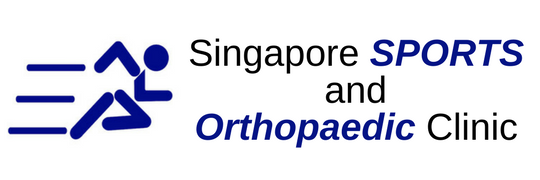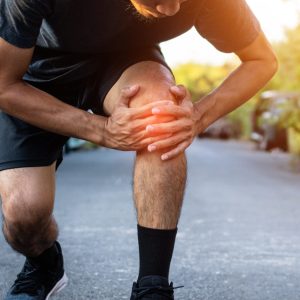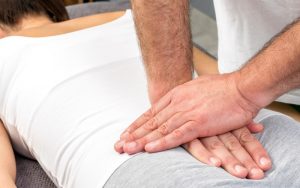Beneath our skin is the human skeletal system comprising of 206 bones working in tandem with soft tissues such as ligaments, tendons and cartilage to perform critical bodily functions such as movements and regulations. Making up the skeleton are bones and these bones can be fractured when a large enough external force is acted against it. Leg fractures are the condition whereby either the femur, fibula or tibia bones in the leg are broken. There are many possible causes for leg fractures and the main culprit is often overuse injury. In this article, we will be discussing about how best to care for sports injuries such as leg fractures.
Splint
Splint is often the first treatment administered to patients with leg fractures. Many people mistaken splint as casts and it is important to be able to differentiate. Splints do not surround the entire fractured bone and is often only padded on one or two sides to provide protection and support. Splint helps to restrict unwanted movements which could further aggravate the fracture and due to its “open” nature, it allows swelling to happen. Doctors will usually apply a splint to the patient for a few days until the swelling has subsided and will then follow on with a immobilisation cast.
Casts
After the swelling has subsided, a cast can then be used. Casts are large, hard bandages made of plaster or lightweight fibreglass which completely immobilise the bone to accelerate healing. The internal padding is made up of comfortable cotton lining which helps to absorb perspiration.
Elevating the leg
Whenever possible, the patient should always try to elevate the injured leg to a position above the heart. This helps to reduce swelling and drain the fluids down and away. Elevating the leg also reduces pain and accelerates the healing process.
Keeping away from water
Utmost care should be taken to keep away from water during this period if it is made of plaster. Water will disintegrate the plaster and render it useless. The water can also react with the plaster and cause rashes to form on the skin.
Using walking aids
Before the bone has completely healed, you should not bear weight on it to prevent further injuries and hinder the recovery process. When you are moving around, you should always use a walking aid such as a crutch to assist you.
Leg fractures are troublesome injuries that have a significant impact on your daily life. However, with the proper care and treatment, recovery time should not take too long and you will not be far off the track.







